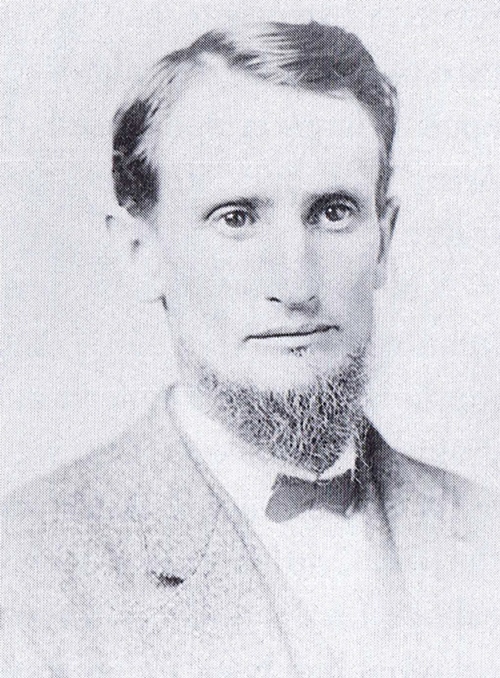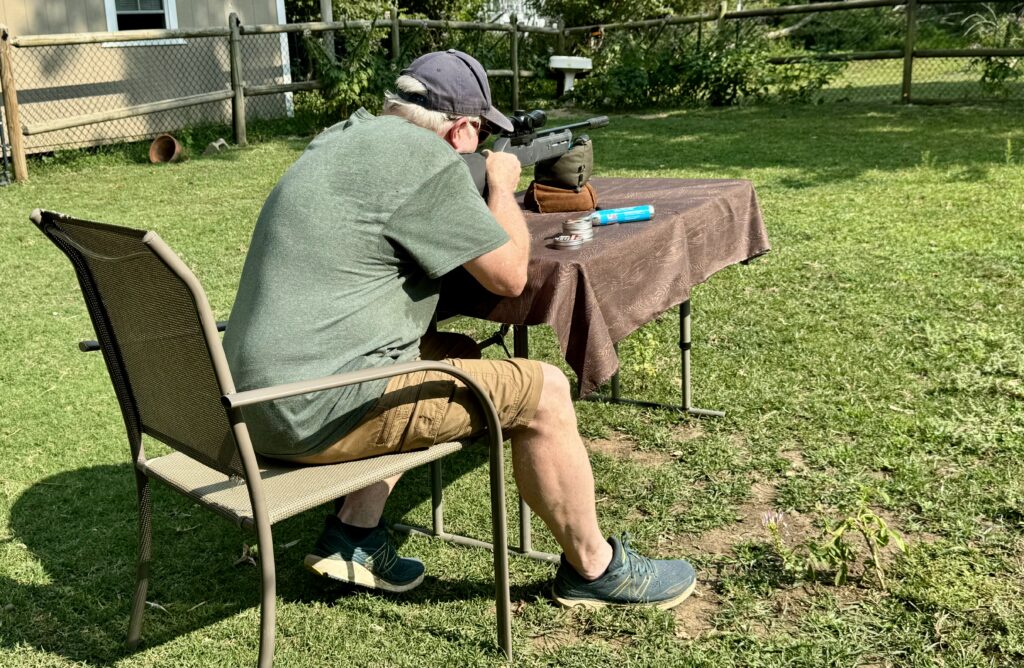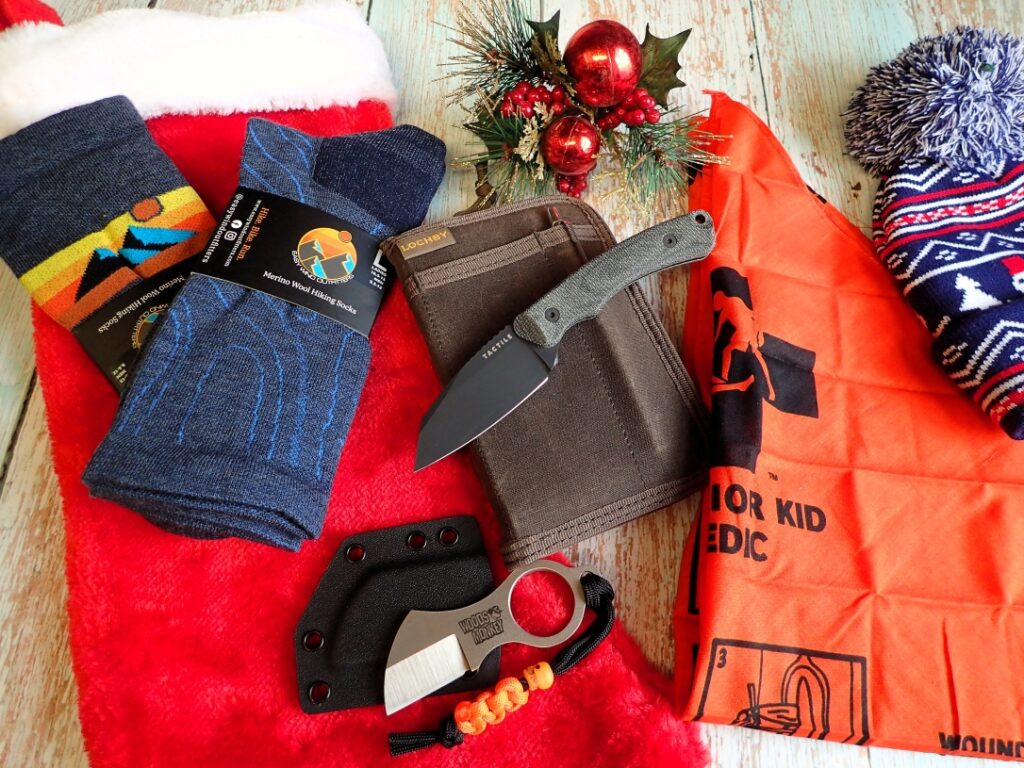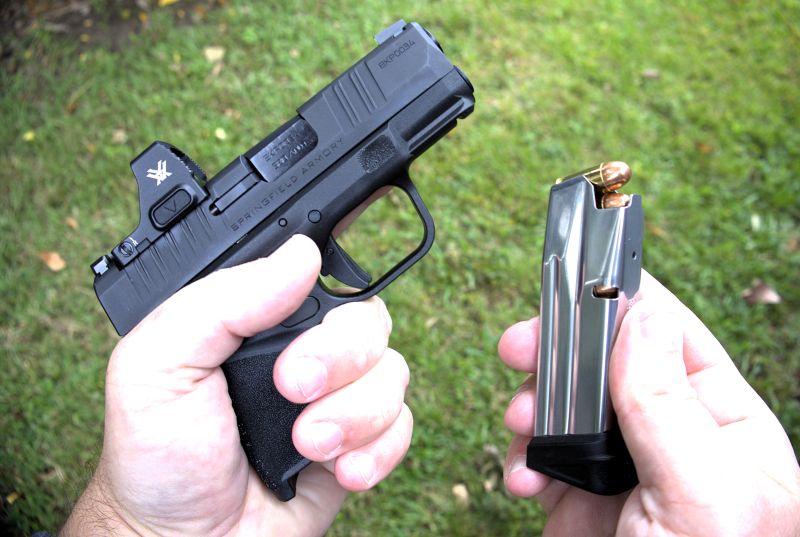When it comes to American firearms inventors and engineers, we have plenty who have become famous and well-known, like John Browning. Others are only known to gun nerds, like John Pedersen. Then we have a few that never got the credit they deserved. Christopher Miner Spencer is one such gun designer. He is the father of repeating long guns, and while he only designed two notable firearms, both were major inventions that changed the world of firearms.
Who Is Christopher Miner Spencer?
Spencer was born on June 20, 1833, in Manchester, Connecticut. His early life was a mixture of schoolwork, farming, and eventually apprenticing at a machine shop owned by the Cheney Brothers. The early exposure to machinery gave him a strong foundation in mechanics that would push him to become a fantastic engineer. It’s worth noting that while Spencer may have only designed two firearms, he had several other inventions under his belt.
The machine shop gave him a foundation in tooling, but according to the Windsor Historical Society, it was his grandfather who provided an interest in firearms. His grandfather, a Revolutionary War Veteran, allowed and encouraged him to tinker with an old musket. After his apprenticeship ended, he worked throughout the American Northeast, including at Samuel Colt’s factory in Hartford.
Advertisement — Continue Reading Below
The Spencer Rifle
After working at Colt, Spencer went back to the machine shop where he apprenticed as a superintendent. There, he earned his first patent, a machine that automatically wound silk. It was also at this machine shop that he came up with the idea for a repeating rifle design. In 1855, the average rifle was a muzzle-loaded musket, and a repeating rifle would offer quite the advantage.
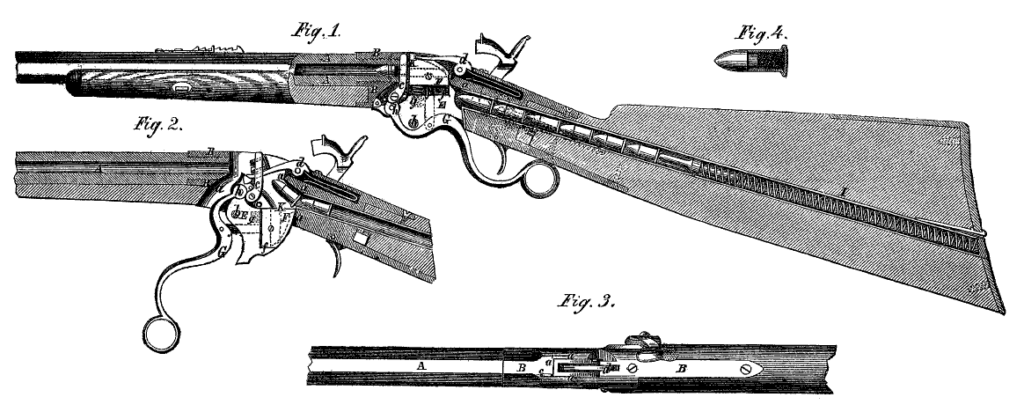
The Cheneys encouraged Spencer to pursue the rifle and even allowed him to use their machinery to develop the rifle during his free time. A little encouragement and a lot of machinery were enough to get it done, and in 1860, on the dawn of the American Civil War, he obtained a patent for the Spencer Rifle.
Advertisement — Continue Reading Below
The Spencer rifle fired the .56-56 Spencer, a rimfire metallic cartridge, and the ammo sat in a stock-mounted tubular magazine. The Spencer rifle could hold seven rounds of ammo and be quickly reloaded. The repeating action allowed for rapid fire, at least compared to the muskets of the era.
The Spencer rifle used a falling breechblock design where the breechblock sat in a carrier. The breechblock sits against the receiver, and that contains the firing forces. When you work the lever, the breechblock falls and continues until the gun’s “guts” are hanging out. This motion ejects the cartridge, and closing the lever collects a new cartridge from the tubular magazine and puts the breechblock back in place.

Advertisement — Continue Reading Below
Unlike future lever actions, the lever did not manipulate the hammer. After working the lever, the shooter would then have to cock the hammer of the Spencer rifle manually. The tubular magazine could also be removed from the gun, but people weren’t selling spare mags for fast reloads. There would be speed loader-type devices designed.
Selling the Spencer Rifle
You’d think that the American Civil War kicking off would have made the adoption of the Spencer Rifle a priority. Well, then you’ve never met the U.S. Army, which consistently shuts down progress and sticks to tradition. In 1863, Spencer famously walked into the White House with a rifle and ammo to see President Lincoln. In doing so, he got an appointment with the President and Secretary of War.
They famously went to the National Mall, and near the Washington Monument, they engaged in some target practice. Lincoln and Stanton were impressed, and the US ordered over 13,000 Spencer rifles and 58 million rounds of ammo. General Ulysses S. Grant described the Spencer rifles as “the best breech-loading arms available.” Over 100,000 would be produced by the time the war ended.
Advertisement — Continue Reading Below
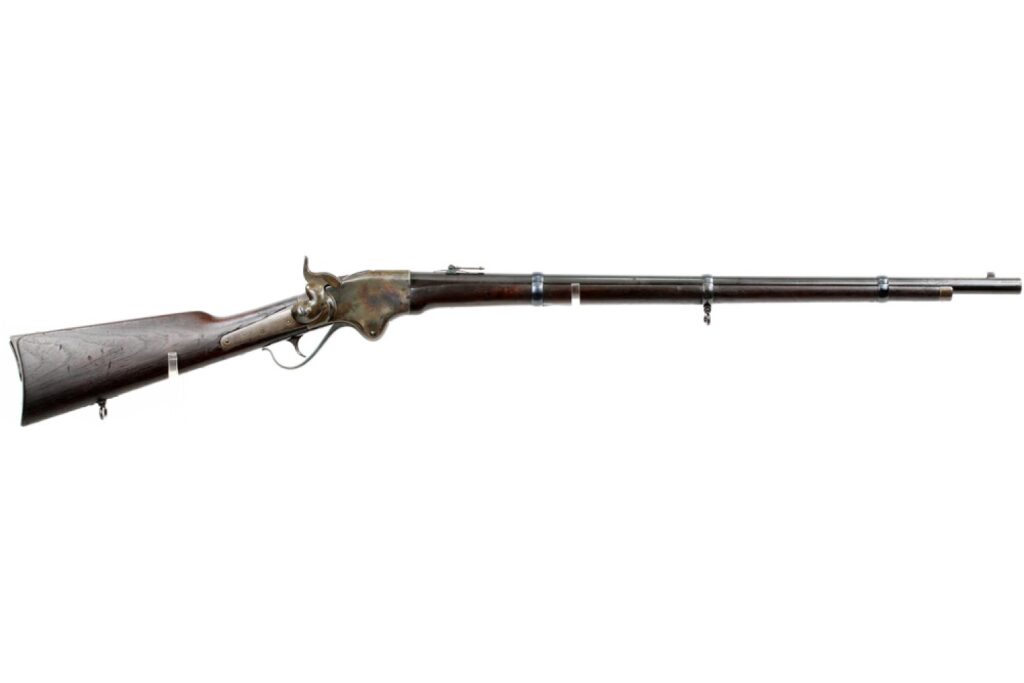
The famed Lightning Brigade would use the rifles at the Battle of Hoover’s Gap, which proved how lethal and effective repeating rifles could be. The Spencer rifles would be used at the Battle of Nashville and at Gettysburg. The rifle’s rapid rate of fire was a decisive advantage, but so was the sealed ammo since it was less prone to moisture.
The Spencer Rifles were massively successful, but the success was a curse. So many had been sold to the Army that after the war, they were surplused and sold cheaply. This meant little demand for new rifles, and the company couldn’t recoup its investments. This led to bankruptcy and the company and its assets being sold to Winchester.
Advertisement — Continue Reading Below
Spencer – Down, But Not Out
Christopher Miner Spencer didn’t stop developing guns. In 1882, he gave it another go with the Spencer Arms Company. There, he and a man named Sylvester Roper produced the first successful pump-action shotgun, the Spencer Pump-Action Shotgun. These were primarily 12-gauge guns, but 10-gauge guns existed as well.
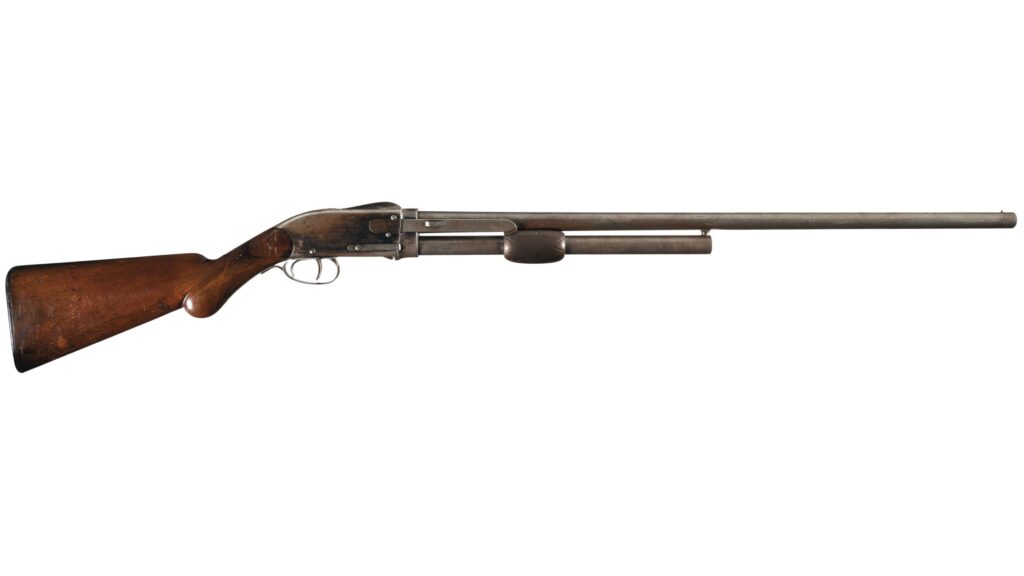
The Spencer Pump-Action shotgun is a hammerless shotgun that uses an intricate design consisting of a toggle breech that pivots up and down while cycling. The gun had two triggers. The front trigger recocked the gun, and the rear trigger fired the gun. It was clever, and due to the unreliability of ammo of this era, it was useful.
Advertisement — Continue Reading Below
The gun used a tubular magazine mounted underneath the barrel, which would inspire contemporary shotguns. The Spencer 1882 shotgun was pricey to produce and sell, and ultimately, the company would sell the design to Francis Bannerman in 1890.
Always the Inventor
That would be the last time Spencer involved himself in the firearms industry. I’d imagine he felt a bit scorned by the experiences. His guns were revolutionary and helped set the stage for contemporary firearms, but he never reaped the fruits of his labor. That didn’t stop him from obtaining 40 patents and living the life of a very successful inventor. Spencer might not be a household name in firearms design, but his contributions were massive.
